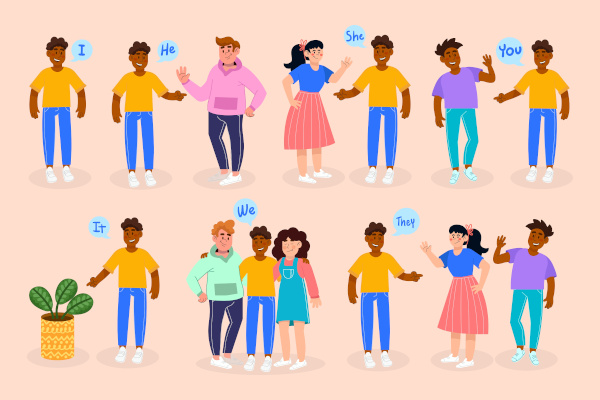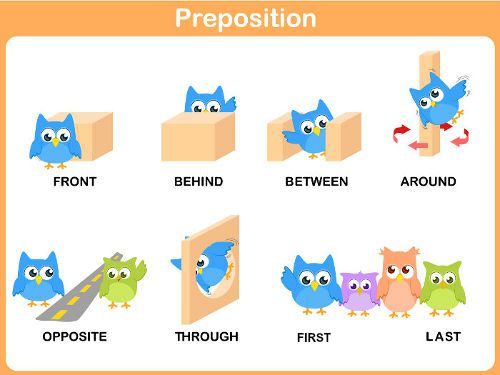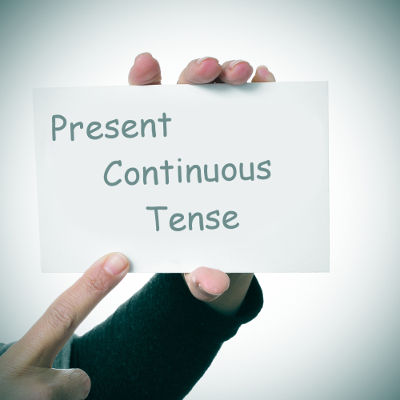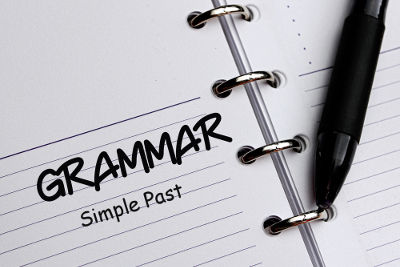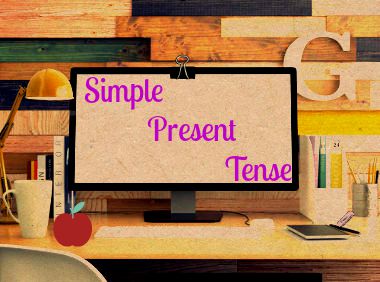Verb is class of words, the semantic point of view, contain the action concepts, process or state. / Verbo é uma classe de palavras que, do ponto de vista semântico, contém as noções de ação, processo ou estado.
In English we have basically 4 verb tenses, which are: / Em inglês temos basicamente 4 tempos verbais, que são:
1- Simple Present / Presente simples
2- Countinuous Tenses/Progressive Tenses / Tempo contínuo/Tempo progressivo
3- Perfect Tenses/Perfect Simple Tenses / Tempos perfeitos/Tempos simples do perfeito
4- Perfect Continuos Tenses/ Perfect Progressive Tenses / Tempos perfeitos contínuos/Tempos perfeitos progressivos.
Verb to be
In English, the verb to be is the most simple and the first that you have to know to satart studying English, so let's talk about it! / Em inglês, o verbo to be (ser/estar em português) é o mais simples e o primeiro que você precisa conhecer ao começar a estudar inglês, então vamos falar sobre ele!
Like the other verbs as have, work, love, want etc, the verb to be can be conjugated in all verb tenses. This is a verb with many changes in its conjugation, it's important to you to pay attention to all the varieties of it to know where and when you should use them. / Nos demais verbos, como ter, trabalhar, amar, querer etc, o verbo to be (ser/estar) pode ser conjugado em todos os tempos verbais. Esse verbo possui muitas mudanças em sua conjugação, é importante que você se atente às variações que ele faz para saber onde e quando utilizá-las.
The simple structure of the verb to be consisting of three forms of the Present Tense: Affirmative, Negative and Interrogative. / A estrutura simples do verbo to be consiste em três formas do Presente: Afirmativa, negativa e interrogativa.
Like in the chart bellow: / Como nos exemplos abaixo:
Present Tense / Presente
|
Affirmative |
Negative |
Interrogative |
|
I am/I'm. / Eu sou/estou |
I am not/ I'm not. / Eu não sou/estou |
Am I? / Eu sou/estou? |
|
You are/ You're. / Você é/está |
You are not/ You aren't. / Você não é/está |
Are you? / Você é/está? |
|
He is/He's. / Ele é/está |
He is not/ He isn't. / Ele não é/está |
Is he? / Ele é/está? |
|
She is/She's. / Ela é/está |
She is not/ She isn't. / Ela não é/está |
Is she? / Ela é/está? |
|
It is/ It's./ Ele/ela é/está |
It is not/ It isn't. / Ele/Ela não é/está |
Is it? / Ele/Ela é/está? |
|
We are/ We're. / Nós somos/estamos |
We are not/ We aren't. / Nós não somos/ estamos |
Are we? / Nós somos/estamos? |
|
You are/You're. / Vocês são/estão |
You are not/ You aren't. / Vocês não são/ estão |
Are you? / Vocês são/estão? |
|
They are/ They're. / Eles são/estão |
They are not/ They aren't. / Eles não são/ estão |
Are they? / Eles são/estão? |
Examples: / Exemplos:
You are my best friend. / Você é minha melhor amiga.
I'm a new student here. / Eu sou nova aluna aqui.
He isn't felling good today. / Ele não está se sentindo bem hoje.
He is my brother. / Ele é meu irmão.
She isn't my mother. / Ela não é minha mãe.
Are they there? / Eles estão lá?
Are you Okay? / Você está bem?
Is it your book? / Este é o seu livro?
She is Amelie's sister. / Ela é irmã da Amelie.
We aren't happy with this school. / Nós não estamos felizes com essa escola.
Let's check the other verb tenses of the verb to be and its varieties. / Vamos checar os demais tempos verbais do verbo to be e suas variações.
|
Present continuous I am being |
Simple past I was |
Past continuous I was being |
Present perfect I have been |
|
Present perfect continuous I have been being |
Past perfect I had been |
Past perfect continuous I had been being |
Future I will be |
|
Future continuous I will be being |
Future perfect I will have been |
Future perfect continuous I will have been being |
Conditional present I would be |
|
Conditional perfect
|
Conditional present progressive I would be being |
Conditional perfect progressive
|
Present subjunctive I be |
|
Past subjunctive I were |
Past perfect subjunctive I had been |
Imperative You be |
Present participle being Past participle been |
Videoaulas relacionadas:



